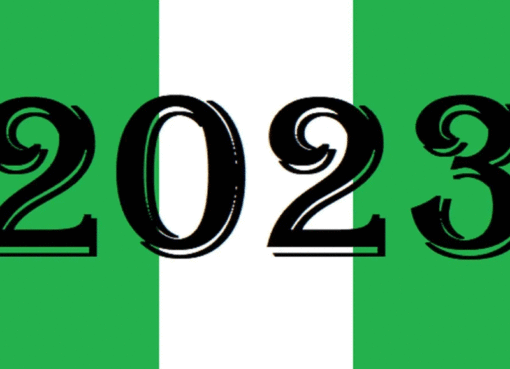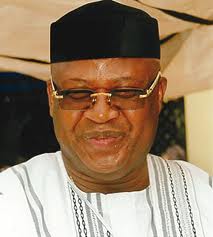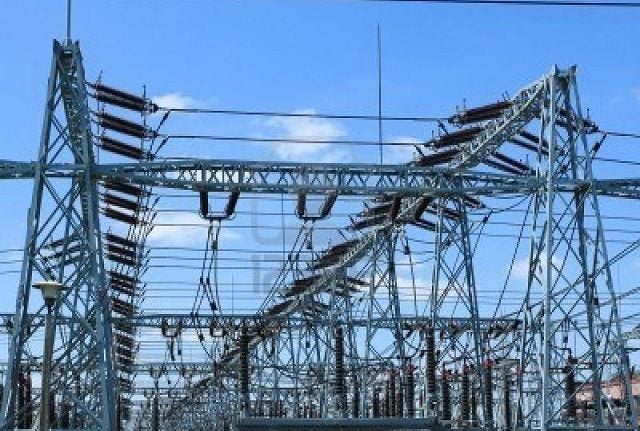It was the speech that was supposed to make clear, once and for all, what “Brexit means Brexit” actually means. So what did we learn from Theresa May’s biggest speech yet as prime minister about the kind of deal she is seeking?
Theresa May Brexit speech’s shows UK getting ‘more realistic’, says Tusk – as it happened
The day’s coverage of Theresa May’s Brexit speech, with reaction and analysis
The single market
The prime minister does not want Britain to stay in the single market. This is no surprise: May has been repeating since the Conservative party conference in October that her top two Brexit priorities are controlling EU immigration and withdrawing from the jurisdiction of the European court of justice.
Those two objectives are incompatible with membership of the single market and her comments on Tuesday merely confirm that she acknowledges that.
“We will take back control of our laws and put an end to the jurisdiction of the European court in Britain,” May said in her speech. “I want to be clear that what I am proposing cannot mean membership of the single market.”
Single market membership, she said, would mean accepting the EU’s four freedoms – free movement of goods, services, capital and people – and “complying with the EU’s rules and regulations that regulate those freedoms”.
To all intents and purposes, she said, it would mean “not leaving the EU at all”. Instead of membership of the single market, Britain will seek “the greatest possible access to it through a new, comprehensive, bold and ambitious free trade agreement”.
That new trade agreement could, May said, include “elements of current single market arrangements in certain areas”, such as the freedom for the City of London to provide financial services across national borders, since it “makes no sense to start again from scratch”.
The customs union
The customs union is the EU’s common trading area: goods from outside the area are charged a common external tariff to cross its border and enter it; goods already within it can circulate and cross borders freely.
A country that is part of the customs union cannot negotiate trade deals on its own – which is why many felt Britain was always destined to leave it, because negotiating independent trade deals is a big part of what pro-Brexit campaigners think Brexit should mean.
Here the prime minister was less clear. “Full membership of the customs union prevents us from negotiating our own trade deals” outside the EU, she acknowledged – so she did not want Britain to be bound by the common commercial policy and the common external tariff.
But she also said she wanted tariff-free trade with Europe and cross-border trade there to be “as frictionless as possible”, so she did want Britain to have a customs agreement with the EU.
That could come in the form of a completely new customs agreement, or Britain could become an associate member of the customs union in some way, or retain some parts of it: “I have an open mind on how we do it,” May said.
This seems to confirm the government will be looking for sector-by-sector deals for certain key businesses. Car parts, for example, cross EU borders dozens of times before completion, and customs checks would be disastrous for the automotive industry.
Parliamentary involvement and article 50 timing
May is apparently still determined to kick off two-year negotiations over Britain’s divorce from the EU by the end of March, although she made no reference to this in her speech on Tuesday.
This deadline may be problematic if the supreme court rules, as expected, later this month that parliament must vote on the formal article 50 notification to the EU, and it could also be delayed by elections in Northern Ireland.
Assuming the court does rule that parliament must have its say, there is still no clear indication of what exactly it will get to vote on, nor on the extent to which MPs will be able to reframe the terms of the government’s notification if they do not like it.
May did, however, confirm for the first time that parliament – both the Commons and the Lords – would have their say on the final deal: “I can confirm today that the government will put the final deal that is agreed between the UK and the EU to a vote in both Houses of Parliament, before it comes into force.”
Controlling EU immigration
May had repeatedly said control over Britain’s borders was a Brexit priority, and reiterated on Tuesday: while wanting to continue to attract “the brightest and best to study and work in Britain”, she said “we will get control over number of people coming to Britain from the EU”.
Reminding her audience she was previously home office minister, May added: “You cannot control immigration overall when there is free movement from Europe … Brexit must mean control of number of people coming to Britain from Europe.”
However, the prime minister has yet to give any indication of the kind of immigration system she envisages for EU citizens after Brexit. She has previously rejected the idea of a point-based regime, and ministers have hinted at the possibility of work visas, but no new system has yet been formally announced.
A transitional deal
British business has insisted some kind of transitional arrangement with the EU will be essential to avoid the potential economic disaster of a “cliff-edge”: the UK leaving the bloc at the end of the two-year article 50 divorce talks, with no future relationship defined.
May has spoken in the past of an “implementation period” – a set length of time allowing for the ground-rules of a previously agreed future relationship to be phased in. She repeated the term on Tuesday, saying it was “in no one’s interests to have a cliff-edge” so she wanted a phased process of implementation.
But she is opposed to the kind of interim arrangement favoured by some who want a lengthy (or even open-ended) transitional deal in which EU rules would continue to apply while the future UK-EU relationship is hashed out in detail.
An indefinite interim deal, May said, would be “permanent political purgatory” and she wanted “nothing that leaves us half-in, half-out”. Instead, she will seek to reach agreement on the future relationship within the two-year timeframe of the article 50 divorce talks.
They would be followed by a flexible “phased process of implementation” that could vary in length according to the issue concerned – immigration controls, customs arrangements, financial services – and the complexity of the new arrangements needed.
Status of EU citizens in UK and UK citizens on continent
This could have been a chance for the prime minister – as campaigners have demanded – to make a unilateral guarantee that the rights of the 3 million EU citizens living the UK would be maintained after Brexit.
For the time being, though, they look set to remain what the home secretary recently referred to as “negotiating capital”. May said on Tuesday that the government wants to guarantee their rights – and those of British citizens on the continent – “as early as we can”.
She said she had told other EU leaders that “we could give people the certainty they want straight away, and reach such a deal now”, but that while many were in favour, a few were not (the EU-27 has refused any such talks under its rule of no negotiation before notification.)
But she said she wanted “everyone to know that it remains an important priority for Britain – and for many other member states – to resolve this challenge as soon as possible”.
The EU budget
Ministers, including the Brexit secretary, David Davis, and officials have previously said some kind of payment into the EU’s budget might have to be part of whatever future trade deal the government negotiates with the EU.
May did not say much on this question, but did make clear that “because we will no longer be members of the single market … the days of Britain making vast contributions to the European Union every year will end.”
There may, though, be “some specific European programmes in which we might want to participate. If so, and this will be for us to decide, it is reasonable that we should make an appropriate contribution.”
The EEA option
The European Economic Area (EEA) is an extension of the EU’s internal market, made up of the 28 member states and members of the European Free Trade Association (EftaFTA ), which includes Norway.
Britain could become a member of the EEA after leaving the EU by joining Efta, giving it – like Norway – single market membership in exchange for a financial contribution and accepting the core principles of the EU’s internal market, including free movement of people.
This always looked unlikely because of the importance the government has placed on controlling EU free movement. May confirmed that on Tuesday, saying: “We do not seek to adopt a model already enjoyed by other countries.”
Her comment that Britain did not want “partial membership of the European Union, or associate membership of the European Union”, seemed to underline the point.
Ireland and the union
The prime minister again said she was committed to maintaining the pre-EU common travel area between Britain and Ireland and promised that the government would seek to avoid a “hard border” between Northern Ireland and the Republic.
She also pledged to preserve the United Kingdom, describing the union between England, Scotland and Wales as precious. “It is only by coming together as one great union of nations and people that we can make the most of opportunities ahead,” she said.
The perceived anti-immigration tone of the Tory party conference shocked many on the continent, as has the insistence by some ministers since that the EU would wind up cutting Britain a special deal in defiance of all its single market principles.
May paid lip service to the notion that if they are to be successful, negotiations with the EU will have to be conducted without animosity: “I want us to be … the best friend and neighbour to our European partners,” she said.
Referring repeatedly to “our friends and allies in the EU”, the prime minister added she had no interest in the bloc unravelling: “It remains overwhelmingly and compellingly in Britain’s national interest that the EU should succeed.”
But she warned that if the EU 27 heeded those “voices calling for a punitive deal that punishes Britain”, it would amount to “an act of calamitous self-harm for the countries of Europe. And it would not be the act of a friend.”
She also stressed that “no deal for Britain is better than a bad deal for Britain”, and repeated chancellor Philip Hammond’s veiled threat that if it does not get the deal it wants, Britain could become a low-tax rival, saying the government was “free to change the basis of Britain’s economic model”.
Conclusion
We have a greater degree of clarity on what May’s Brexit objectives are, but they remain objectives. All is yet to be negotiated, and it is far from clear how much the EU 27 will be prepared to concede. So we know more about what “Brexit means Brexit” will not mean – but little, still, about what it will.






